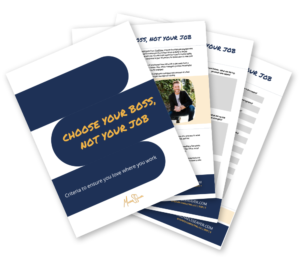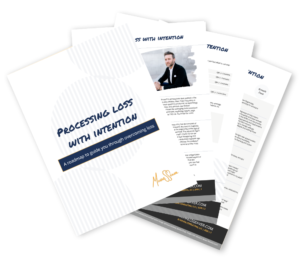In MetLife’s 9th Annual Study of Employee Benefits Trends, researchers found that 36% of employees hope to work for a different employer in the next 12 months. Snagajob.com recently conducted a survey and found that 44% of respondents quit their job in the past year did so because they believed they would find a better opportunity elsewhere, up from 31% the year before. Government data released in early November 2011 showed that 17.3 million people quit their jobs by choice in the first three quarters of that year, up 9% from the previous year.
Based on those statistics, the trend appears to be that as more people feel confident with economic recovery, they are more willing to leave their jobs for something different. Couple this with The Coming Jobs War (thank you Jim Clifton), and organizations may be left holding the bag if they can’t implement meaningful hiring and retention programs.
As a leader, how do you determine the cost of turnover? Calculating data that is easy to show to senior leaders in your organization, convincing them that something must be done to retain the engaged performers that you currently employ.
When I work with clients, I use a derivation of the Society for Human Resource Management’s Cost of Turnover spreadsheet. SHRM is an excellent resource that I have relied on for years. The following is certainly not an all-inclusive list, rather a snapshot to provoke thought in your mind about the true cost of turnover. The calculation will change from company to company, from position to position.
Departure costs
- Exit interview
- Updating human resource files
- Cost of past employee training
- Loss of knowledge, skills, contacts, and lost business
- Increased unemployment insurance
- Premium labor
- Lost productivity while exiting
- PTO (sick, holiday, vacation, etc.) payout
Hiring Costs
- Sourcing professional
- Recruiter
- Hiring manager
- Human resources on-boarder
- On-boarding paperwork
- Marketing / advertising
- Background check
- Vendor utilization
New Hire Training Costs
- New employee orientation
- Department orientation
New Hire Productivity Costs
- Assume it takes the new hire six months to become 100% productive
I suggest you take the time to get multiple subject matter experts involved to review the above. Add your own items, remove items that are not applicable, and develop a template that will suit your needs. With that, you can use the template to pilot on individuals that have recently left your organization. I recommend that you try this with three diverse positions to help ensure viability.
When you add all of these line items together, you are going to end up with a total that is roughly 150% of the employee’s salary. Yes, 150% of the employee’s salary.
I’ve seen companies simply use a flat cost per person, ignoring the differences between a front line worker and a senior executive. An executive even told me that by averaging the numbers out, and coming up with an agreed-upon number, he was able to better budget for the expense and that the number was more “believable”. Although a part of me found his argument valid, the other part me thought there was little chance for this organization to truly address the issue of turnover in a meaningful way. If he was more interested in the number being believable than actually developing a strategic plan around how to mitigate turn, the company is going to spend significant amounts of money to hire and train new employees only to watch them leave 18 months later.
After you understand the costs associated with turnover, you may find that there are inefficiencies that you can squeeze out of the process. You may also find that a certain recruiter is less effective than you thought. More importantly, you set the foundation to truly develop a retention plan that will improve your employer brand.
Don’t do something simply because it is believable, do it because it will make your hiring process more effective, retain your employees longer, and add significant monies to your bottom line.
Be proactive, win the coming jobs war before you ever have to go to battle.






Connect with me